We independently evaluate all recommended products and services. If you click on links we provide, we may receive compensation.
We often think of getting a haircut as something we need to do rather than something we want to do — until one day, the itch to chop off our locks strikes. For many, that urge reaches its peak around the beginning of January, when the phrase “new year, new you” plays on constant refrain. If you, too, are feeling like some change is in order, keep reading. Ahead, we’re sharing a look at five of the biggest hairstyle trends set to dominate in 2025, from modern-day versions of the classic shag to short, sleek bobs that marry effortlessness and elegance. Find inspo for your upcoming salon visit, below.
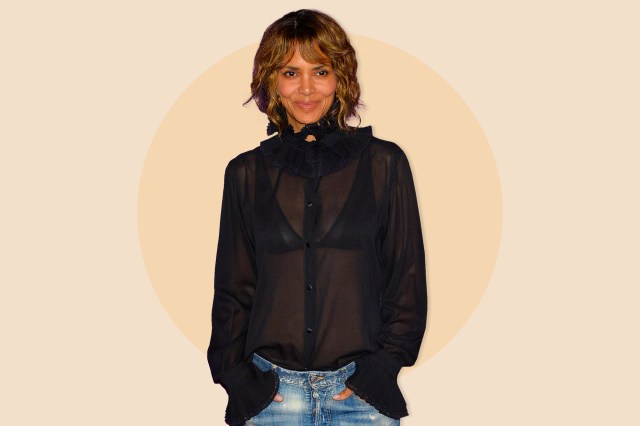
1. The Modern Shag
If 2025’s most significant hairstyle trends could be summed up in a single word, that word would be “effortless.” As celebrity hairstylist and Tangle Teezer creative director Ryan Pearl predicts, there will be “a rise in easy-to-maintain haircuts — people want looks that feel stylish, but are low-maintenance.” Enter: the shag. This heavily textured cut is “low-effort, super stylish, and works with a lot of different hair types,” Pearl says. It’s also very easy to style, as it’s meant to look a bit messy. For that coveted “I woke up like this” vibe, spritz your damp hair with a texturizing spray (we love Odele Texturizing Sea Salt Spray), and let your hair air dry. If air-drying isn’t in your vocabulary, you can also dry your tresses with a diffuser — just remember that the more lived-in your hair looks, the better.

2. Blunt Bobs
2024 was indisputably the year of the bob; we can’t count how many iterations of this classic chop made its rounds between January and December. In the new year, “bobs and cropped cuts will continue to trend,” Rahua co-founder Anna Ayers predicts. Rather than the Old Hollywood styles that dominated in 2024, though, we’ll likely see more structured cuts, such as the classic blunt bob. This retro-inspired cut is particularly well suited for those with fine, straight hair, as the blunt-cut ends can help create the illusion of fullness. Take inspiration from Lily Collins and opt for a jawline-grazing blunt bob, or pair your chop with softly feathered fringe for a slightly more unexpected take on the classic style.

3. Long Layers
Both of the pros we spoke with shared that they expect 2025 to bring with it a resurgence in longer, layered cuts. The reasoning, again, is ease: This is a cut that works with virtually every hair type and texture and lends itself well to customization. If you’re seeking a shorter look or don’t have the budget for hair extensions, opt for a mid-length cut with long, blended layers that start just below the jawline or chin. To turn up the drama, ask your stylist to use a razor to cut your layers, and style them in messy, tousled waves.
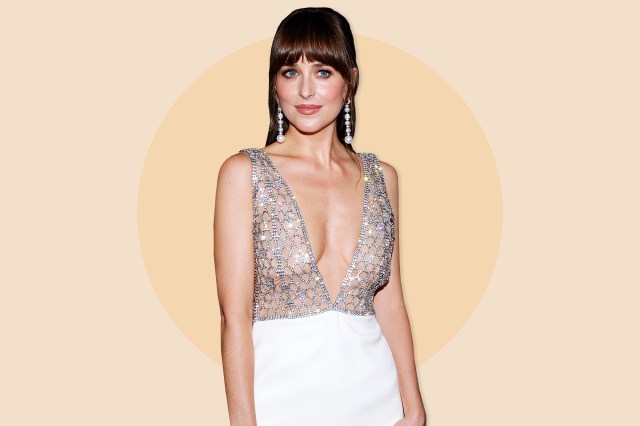
4. Curtain Bangs
“I think we’ll see [a lot of] retro-inspired cuts [in 2025],” Pearl says — think “nostalgic, but with a modern twist.” One of the styles she’s most excited to see regain traction is the curtain bang, made popular by Jane Birkin in the late ’60s and early ’70s. Today’s take on the trend involves slightly heavier fringe parted down the middle and swept ever-so-slightly off to each side. Keep in mind that bangs do require some maintenance — namely, regular trims and a dedicated styling routine — so if you’re not ready to commit, you may want to test the waters with face-framing layers instead.
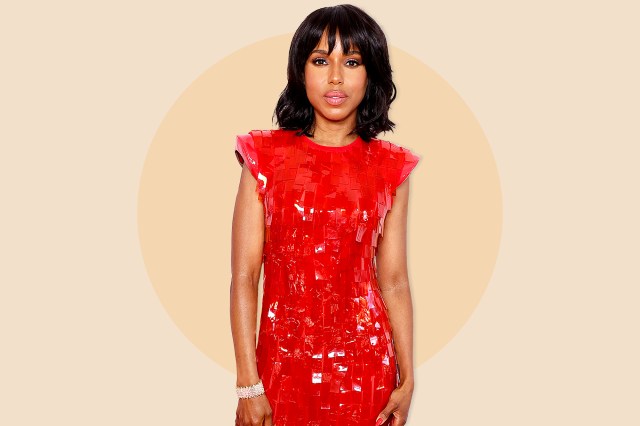
5. Textured Lob
The textured lob never really went out of style, but it’s set to make a major comeback in 2025. There are countless ways to rock this look — with fringe, without fringe, chin-length or shoulder-grazing, straight or curly (and the list goes on). If you don’t know which iteration of the classic cut to try, Ayers recommends consulting your hairdresser. An experienced pro can help you find a cut “that complements your face shape and bone structure, fits your lifestyle, and accentuates your best features,” she says.
This article is for general informational purposes only.
Affiliate Disclaimer Medical Disclaimer







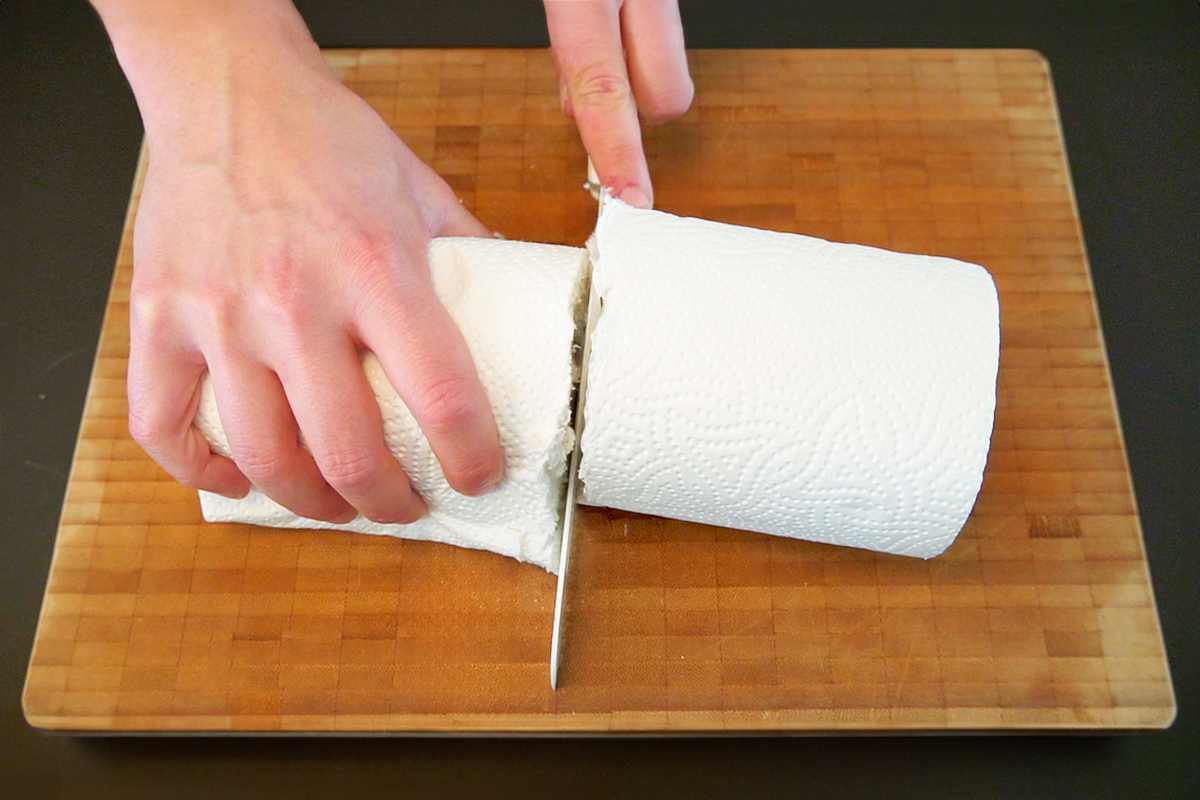

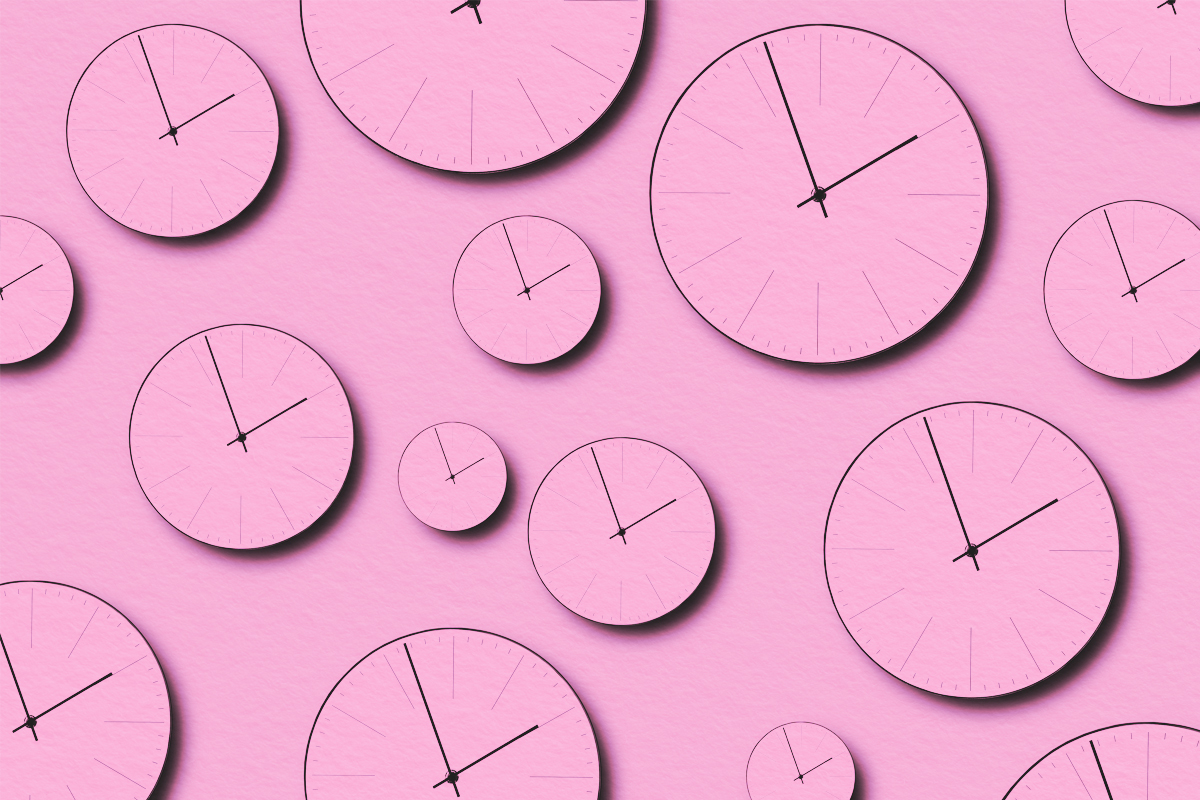






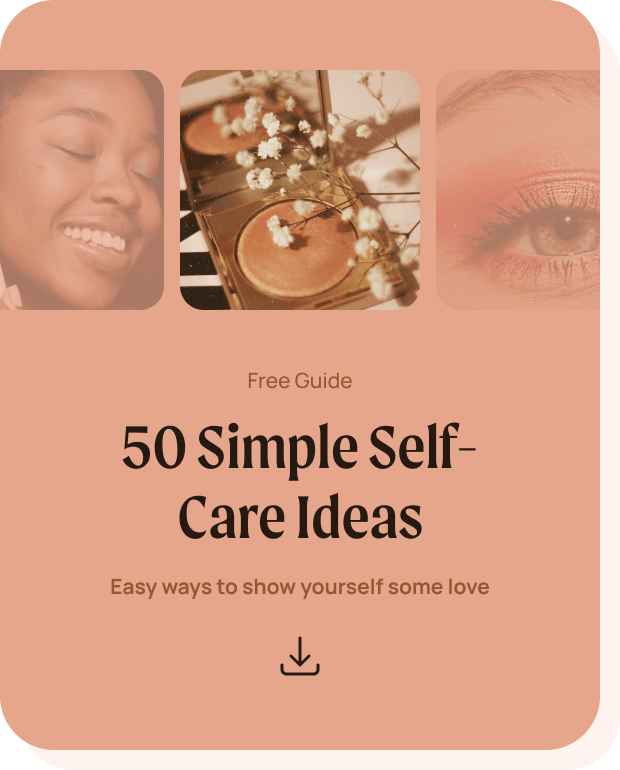 Unique Beauty is free for all users.
Unique Beauty is free for all users.